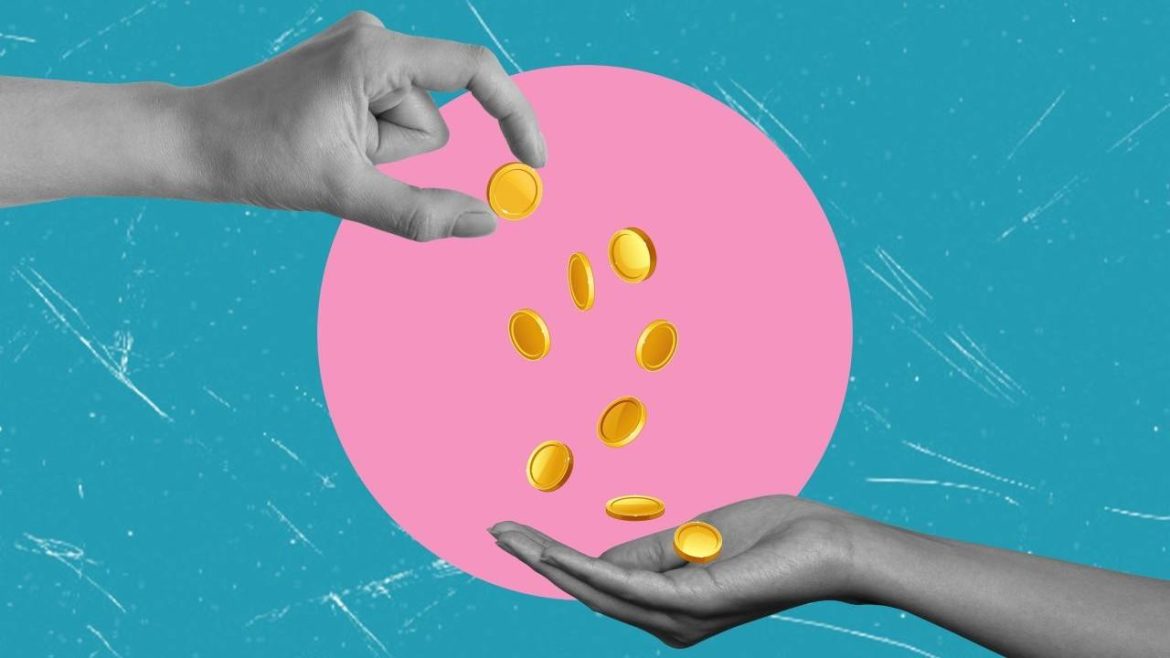Implicit bias, a term increasingly permeating discussions on social justice and equality, refers to the unconscious attitudes and stereotypes that influence our perceptions, decisions, and actions. Unlike explicit bias, which individuals are aware of and may consciously endorse, implicit bias operates outside of our conscious awareness. This makes it a particularly insidious force, subtly shaping everything from hiring practices and criminal justice outcomes to healthcare delivery and educational opportunities. Understanding the architecture of implicit bias—how it’s formed, how it manifests, and how it can be mitigated—is crucial for building a more equitable and just society.
The Genesis of Implicit Bias: A Brain Wired for Efficiency
Our brains are wired to categorize information. From infancy, we’re bombarded with stimuli, and to make sense of it all, our brains create mental shortcuts—associations between concepts, ideas, and groups of people. These associations are often based on limited experiences, cultural narratives, and media representations. The more frequently we encounter certain associations, the stronger they become. For example, if we consistently see men portrayed as leaders in media, we may unconsciously associate leadership with masculinity.
These mental shortcuts become implicit biases. They’re not necessarily malicious or reflective of our conscious beliefs. In fact, many individuals with strong egalitarian values still harbor implicit biases due to the pervasive nature of societal conditioning. Furthermore, the amygdala, the brain region associated with fear and emotional processing, plays a significant role in the formation of implicit biases. When we encounter a novel or unfamiliar stimulus, the amygdala activates, triggering a “fight or flight” response. This response can be particularly strong when the stimulus is associated with a group that has been historically marginalized or stereotyped. Over time, this emotional response can solidify into an implicit bias.
The Many Faces of Implicit Bias: Manifestations in Daily Life
The impact of implicit bias is far-reaching, affecting various aspects of our lives. Studies have shown that resumes with traditionally “white-sounding” names are more likely to receive callbacks than those with “black-sounding” names, even when the qualifications are identical. This demonstrates how implicit bias can disadvantage qualified candidates from underrepresented groups. Similarly, performance evaluations can be influenced by unconscious biases, leading to inequitable promotion opportunities.
In the criminal justice system, implicit bias can influence police officers’ decisions during traffic stops, leading to disproportionate targeting of individuals from minority groups. In the courtroom, jurors’ unconscious biases can affect their perceptions of witness credibility and defendant guilt. Sentencing disparities based on race are a stark example of how implicit bias can perpetuate systemic inequalities in the criminal justice system.
Healthcare is another area where implicit bias has significant consequences. Physicians, despite their best intentions, can be influenced by implicit biases when diagnosing and treating patients. Studies have revealed that doctors may unconsciously underestimate the pain levels of patients from certain racial or ethnic groups, leading to inadequate pain management. This can have serious consequences for patient outcomes and contribute to health disparities.
In education, teachers’ implicit biases can affect their expectations of students’ academic potential and behavior. Studies have demonstrated that teachers may unconsciously favor students from certain racial or socioeconomic backgrounds, providing them with more attention and encouragement. This can create a self-fulfilling prophecy, where students who are perceived as less capable receive fewer opportunities to succeed.
The insidious nature of implicit bias lies in its subtlety. It often operates beneath the surface, influencing our decisions without us even realizing it. This makes it difficult to identify and address.
Dismantling the Architecture: Strategies for Mitigation
While implicit bias is deeply ingrained, it is not immutable. Through conscious effort and strategic interventions, we can mitigate its effects and create a more equitable world. The first step in addressing implicit bias is to become aware of its existence and impact. Educational programs, workshops, and online resources can help individuals understand the science behind implicit bias and recognize its manifestations in their own lives. Taking implicit association tests (IATs) can provide insights into one’s own unconscious biases.
Actively seeking out and listening to the perspectives of individuals from different backgrounds can help challenge our preconceived notions and broaden our understanding of the world. This can involve engaging in conversations with people who hold different viewpoints, reading books and articles by authors from diverse backgrounds, and participating in cultural events that celebrate diversity.
Deliberately exposing ourselves to images and narratives that challenge stereotypes can help weaken the associations that drive implicit bias. This can involve seeking out positive portrayals of individuals from marginalized groups in media, highlighting the achievements of diverse role models, and consciously challenging stereotypes when we encounter them in our daily lives.
Practicing mindfulness and engaging in regular self-reflection can help us become more aware of our thoughts, feelings, and behaviors. This increased awareness can enable us to identify situations where implicit bias might be influencing our decisions and take steps to counteract it.
Organizations can implement policies and practices that reduce the opportunity for implicit bias to influence decisions. This can include using blind resume reviews, standardized interview processes, and diverse hiring committees. Implementing structured decision-making frameworks can also help to minimize the impact of unconscious biases.
The “contact hypothesis” suggests that increased interaction can lead to a decrease in negative stereotypes and an increase in empathy and positive attitudes. Creating opportunities for meaningful interactions across different groups is crucial for fostering a more inclusive society.
The Enduring Quest: Building a Future Free From Unconscious Shackles
Ultimately, dismantling the architecture of implicit bias is an ongoing process. It requires a sustained commitment to self-reflection, education, and systemic change. It demands that we confront our own unconscious biases, challenge stereotypes whenever we encounter them, and create institutions and policies that promote equity and inclusion.
The journey towards a truly equitable world is a marathon, not a sprint. But with each step we take to mitigate the effects of implicit bias, we move closer to a future where everyone has the opportunity to reach their full potential, unburdened by the unseen shackles of unconscious prejudice. This is not merely a matter of social justice; it is a matter of unlocking the full potential of humanity.





